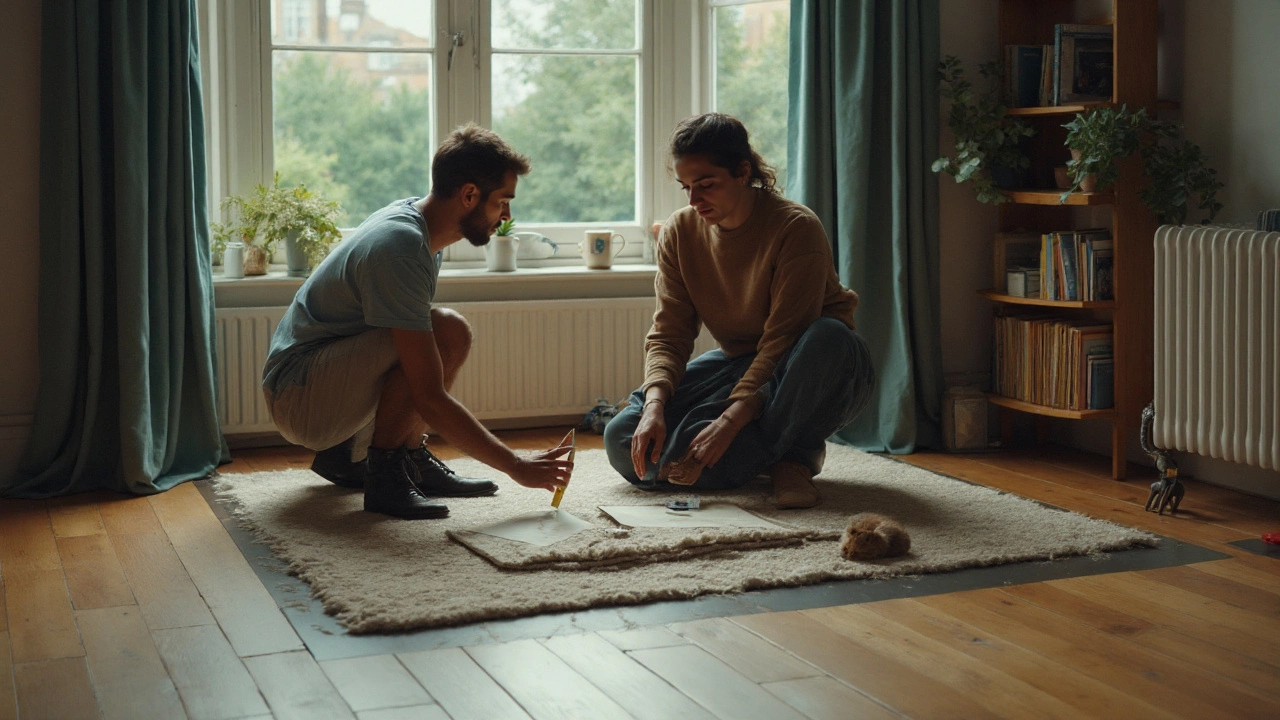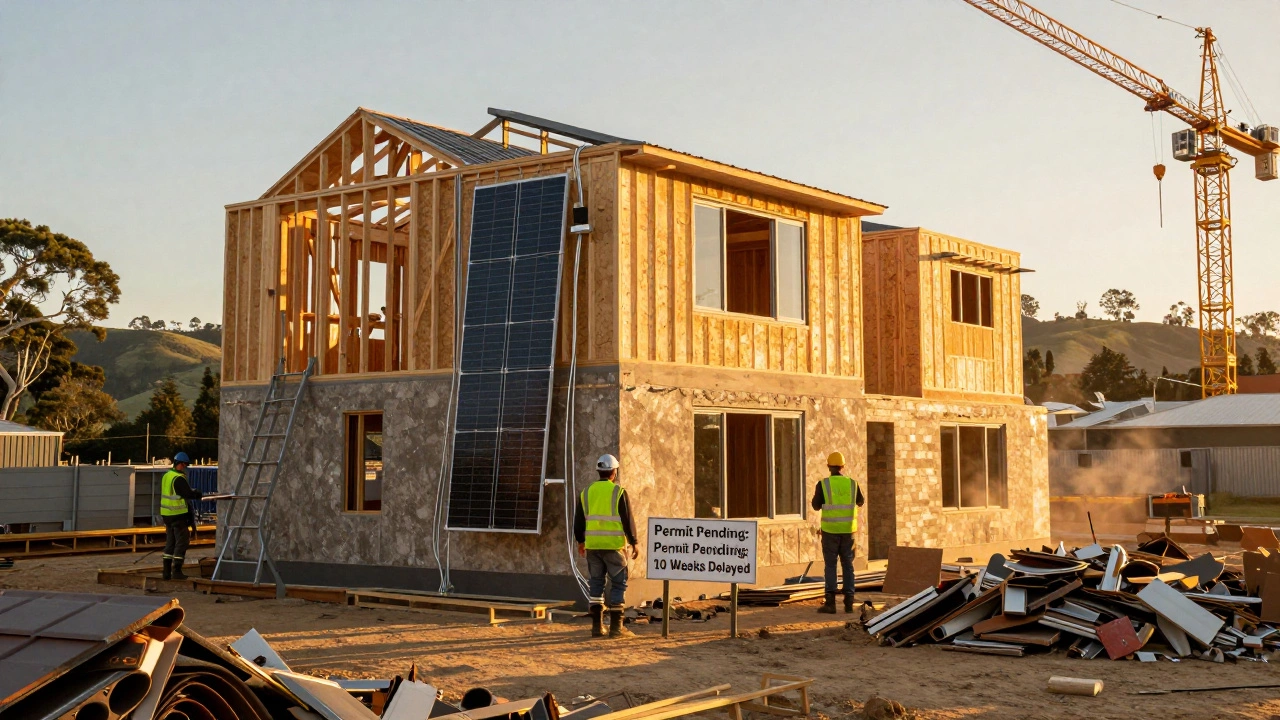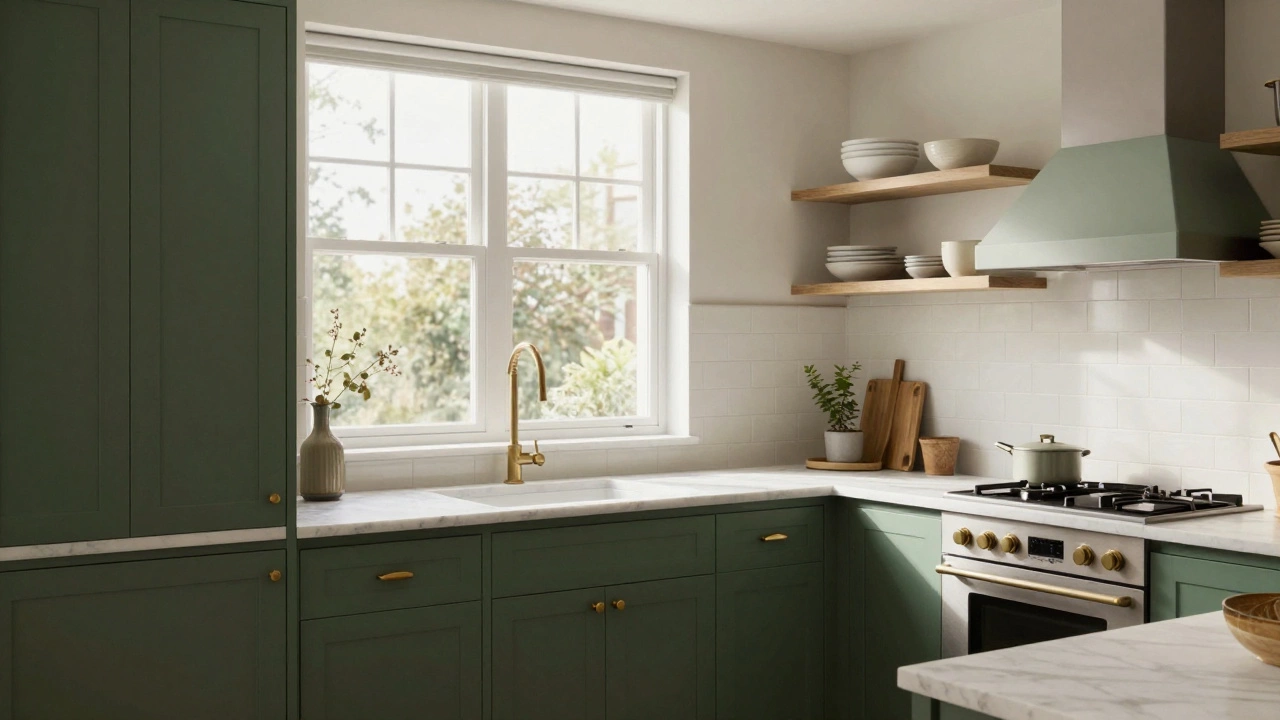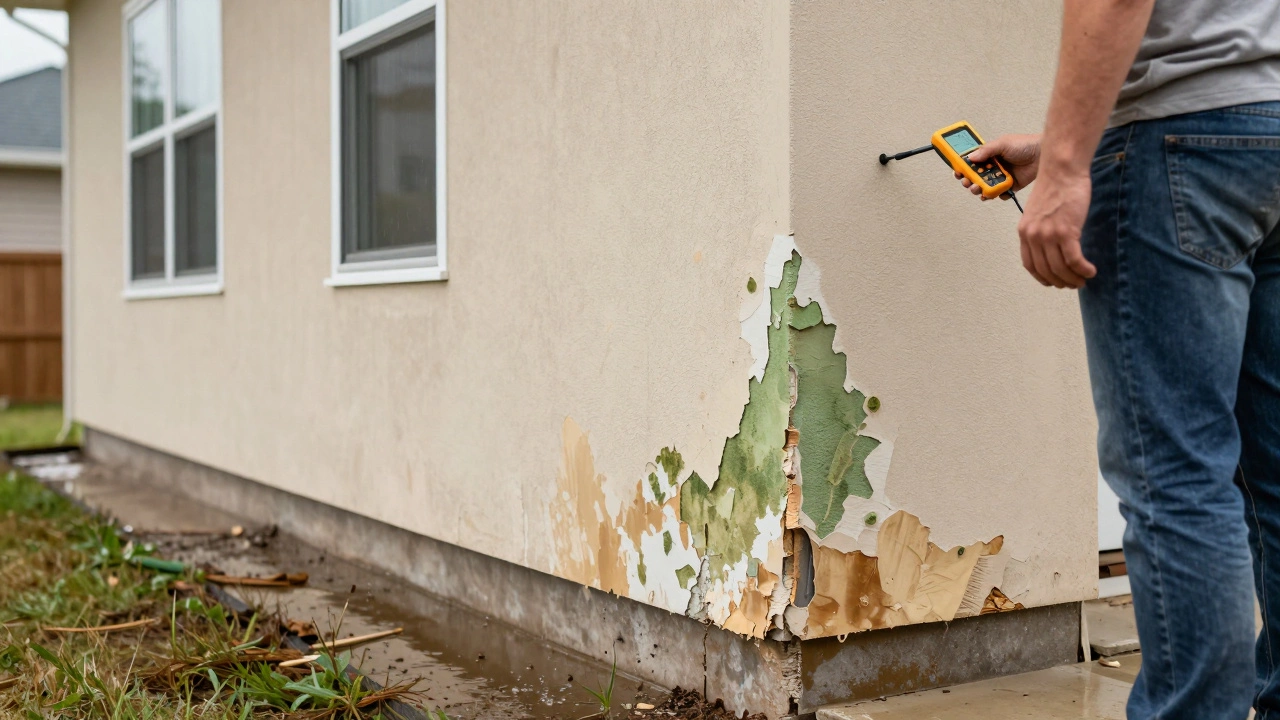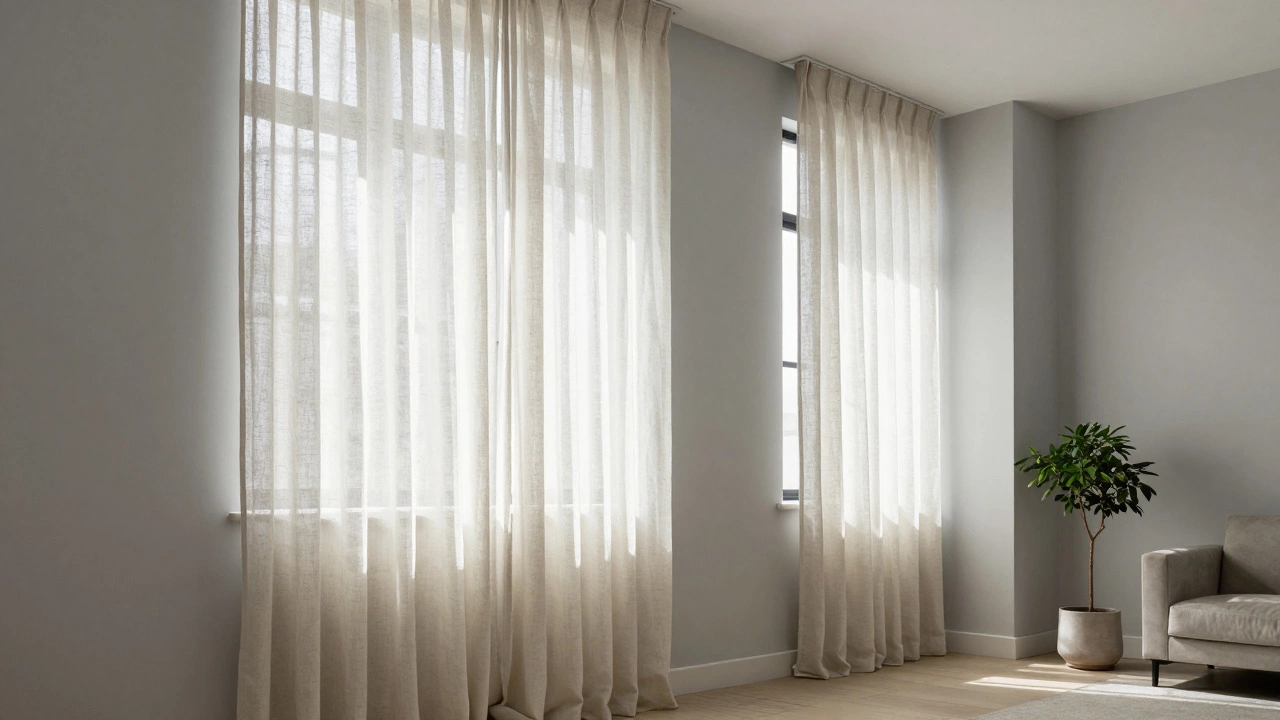Luxury Vinyl Plank Flooring – What It Is and Why It Works
If you’re hunting for a floor that looks like wood but costs less and handles spills, luxury vinyl plank (LVP) is worth a look. It’s a thick, multi‑layer sheet that mimics hardwood grain with realistic textures and colors. The top layer protects against scratches, while the core gives strength and stability. The result is a floor that feels solid, resists water, and stays beautiful for years.
Key Benefits of Luxury Vinyl Plank
First off, LVP is cheap compared to real wood or stone. You can get a high‑end look without blowing your budget. Second, it’s water‑proof, so kitchens, bathrooms and basements are no problem. Third, the plank design lets you lay the floor in a pattern that matches any style – classic straight runs, herringbone, or even a random mix.
Another perk is comfort. The extra layers cushion your feet and reduce noise, which is great for apartments or homes with kids. Finally, maintenance is a breeze – a quick sweep and occasional mop keep it looking fresh.
DIY Install: Simple Steps to Get It Done
Installing LVP yourself can save you time and money. Here’s a quick rundown:
1. Prep the subfloor. Make sure it’s clean, flat and dry. Any bumps can show through the planks.
2. Acclimate the planks. Leave the boxes open in the room for 48 hours so the material adjusts to temperature and humidity.
3. Plan the layout. Measure the room and snap a chalk line to keep rows straight. Start from the longest wall and work your way out.
4. Lay the planks. Most LVP uses a click‑lock system – push the edges together, then tilt and snap. No glue needed for floating floors.
5. Cut around obstacles. Use a utility knife or a saw for tight spots around doors and cabinets. Measure twice, cut once.
6. Finish with trim. Add baseboards or quarter‑round molding to hide expansion gaps along the walls.
That’s it. In a weekend you can have a fresh floor that looks like hardwood, but lasts longer and costs far less.
Remember to leave a small expansion gap (about ¼ inch) around the room’s perimeter. This lets the floor expand with temperature changes without buckling.
After installation, give the floor a gentle clean. Avoid harsh chemicals – a mild pH‑neutral cleaner works best. If a spill occurs, wipe it up right away to prevent any seepage underneath the top layer.
Luxury vinyl plank gives you the look of premium wood, the durability of modern materials, and the confidence of a DIY‑friendly project. Whether you’re updating a single room or doing a whole‑house remodel, LVP provides a stylish, practical solution that fits most budgets.

